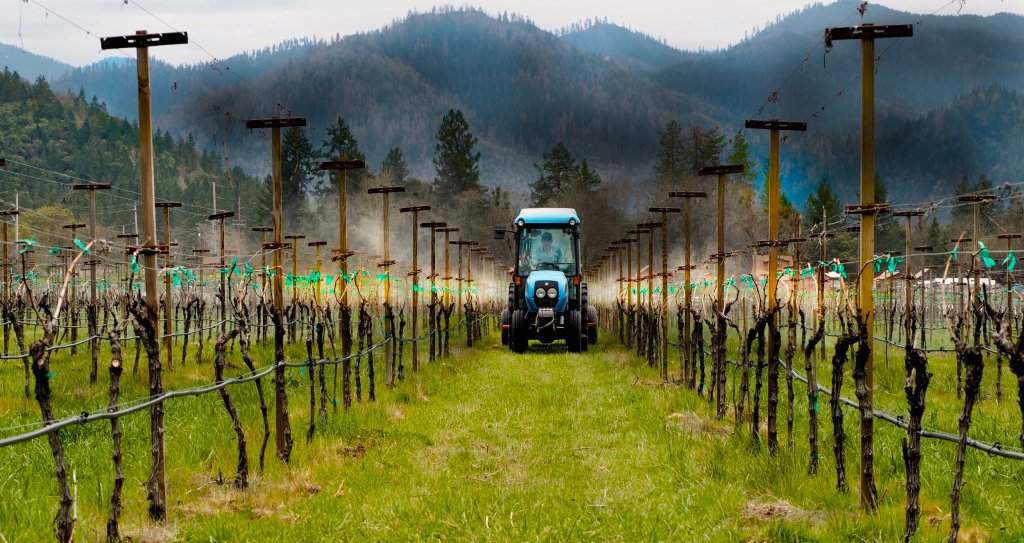
Oct 1, 2021
Oregon’s Troon Vineyard earns Regenerative Organic Certification
From the organically grown winegrapes to the sheep that graze in the vineyards after harvest, to winemaking in aged oak barrels and clay amphorae, there’s something different in the mix at Oregon’s Troon Vineyard.
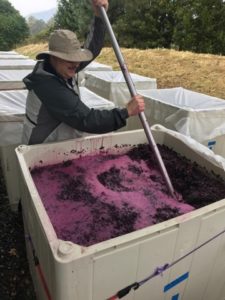
In this vino, there’s some serious veritas about growing grapes and winemaking for judicious consumers.
Troon Vineyard in June received Regenerative Organic Certification for its 100-acre farm operation. It also holds a Demeter Biodynamic Certified vineyard certification.
Those certifications are the results of hard work by new management and ownership that arrived at the farm just a few years ago.
“You have to be fully committed and believe in what you are doing,” said Craig Camp, general manager of Troon Vineyard. “The Regenerative Organic slogan is ‘Farm like the world depends on it.’ That’s what you have to be prepared to do. Certifications are not hard to do if you are committed to the health of your farm.”
Setting the standard
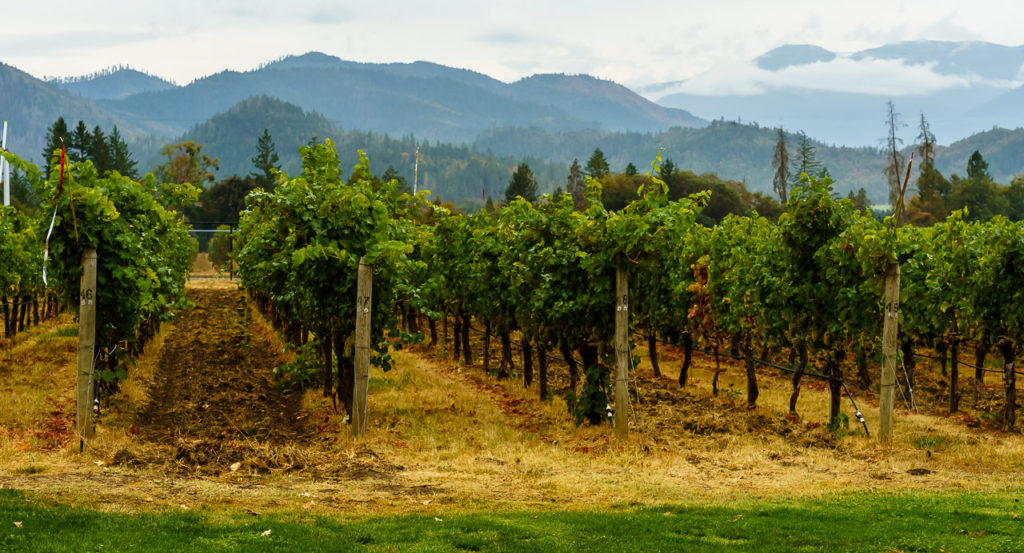
Located in the Applegate Valley of southern Oregon’s Siskiyou Mountains, Troon Vineyard includes cider apple trees, a vegetable garden and some livestock in addition to the vineyards.
Dick Troon first planted grapes on this farm in 1972.
Camp said Troon was a real pioneer and part of the early history of winegrape growing in Oregon, and the wine is still marketed under that name. But changes began in 2016 when Camp arrived and began transitioning the farm to organic. It was purchased in 2017 by Texas natives Dr. Bryan and Denise White, who had discovered Troon while visiting their daughter who was living in the area.
“They fell in love with the property and have made the necessary financial and emotional investments required to reinvent both the vineyard and our wines,” Camp said.
Today, the farm is Demeter Biodynamic Certified, a rigorous holistic farming certification that is used in over 50 countries to signify the highest standards and practices when it comes to natural farming and winemaking. While USDA organic certified by the California Coalition of Organic Farmers, Camp and the Whites also went a step farther in pursuing Regenerative Organic Certification, a more rigorous standard that takes into account soil health, animal welfare and social fairness.
“We seek to be an organization where all of our coworkers can expand their knowledge through education, participate in our organization’s trajectory and planning, and be part of the holistic approach that defines regenerative farming,” Bryan White said in a released statement.
Camp said the certification labels on the wines help Troon connect with consumers.
“For years now, there has been a growing niche market for wines that are not manipulated and are made in a minimalist style without additives,” he said. “Now we have taken the next step and included ingredient labeling, which we feel is equally important to those consumers. There is now an established market of distributors, restaurants and wine bars that specialize in the type of wines we make. Our marketing plan is to simply connect with those people who share our values.”
Living on the land
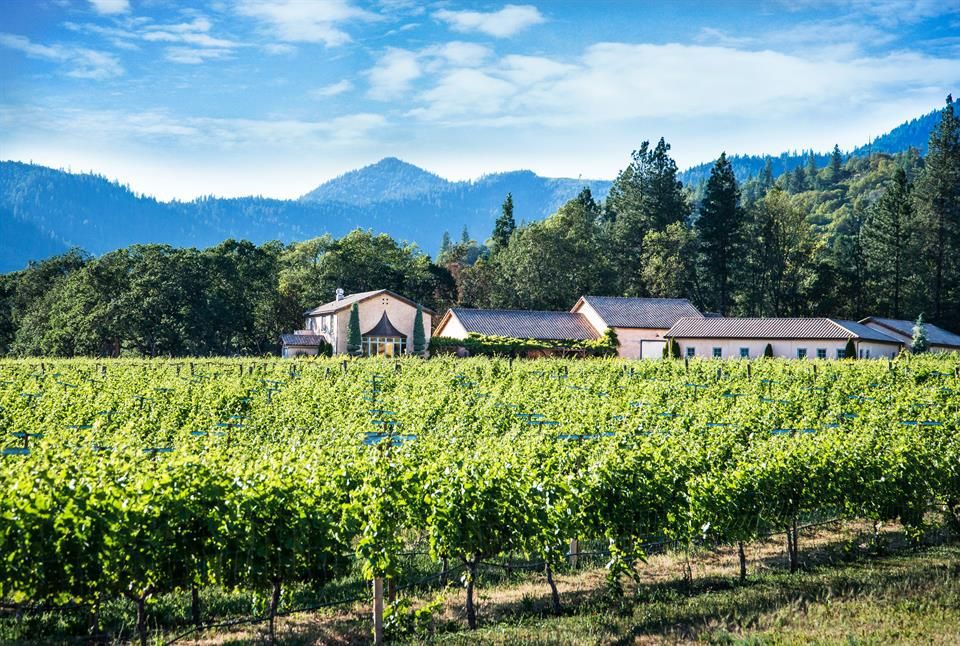 It is of course impossible to separate the farm and its product from the specific patch of ground where it’s grown.
It is of course impossible to separate the farm and its product from the specific patch of ground where it’s grown.
“The Applegate Valley is a transitional region between the hotter, dryer Napa Valley and the cooler, wetter Willamette Valley,” Camp said. “When you come into the Applegate Valley from the Rogue Valley you can see that transition. As you move into the Applegate Valley, it suddenly becomes greener and more like Oregon than California. I think it is always more interesting to make wine in these transitional zones due to their distinctive climate and soil types.”
Troon Vineyard is located in the Kubli Bench subregion of the Applegate Valley – a strip of land five miles long and three miles wide at its widest point.
“It is an ancient bench of the Applegate River, defined by a steep elevation of 20 or more feet as it sits above the floodplain,” Camp said. “It has a distinct mesoclimate that is clearly seen in the winter. When the surrounding area is covered with fog, the Kubli Bench is under sunny skies.”
While more than half of the farm area is planted with vineyards, there are other operations there.
“We have four acres dedicated to over 20 varieties of French cider clones, six acres to hay for compost and livestock feed, two acres to vegetables and an edible forest, eight acres to pollinator habitat,” Camp said. “For the sheep, chickens and their guard dogs, we have a four-acre pasture, but they are rotated from that pasture to the vineyard cover crops (we are no-till) during the winter and the hayfield after it is baled. We also have a honeybee rewilding project.”
Growing the grapes
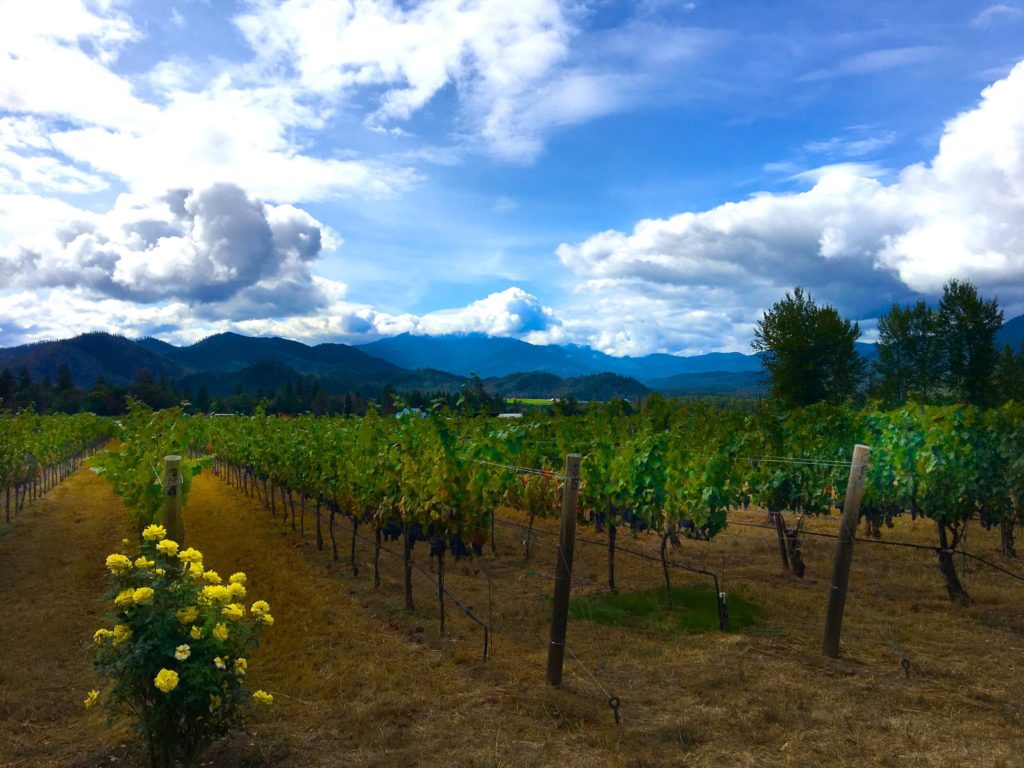 Smaller wine producers in Oregon have time to focus on quality in cultivation, growing practices and even winemaking, Craig said. Their goal is not always a high-alcohol, low-acidity wine. He contrasted the Oregon growers with colleagues in neighboring states.
Smaller wine producers in Oregon have time to focus on quality in cultivation, growing practices and even winemaking, Craig said. Their goal is not always a high-alcohol, low-acidity wine. He contrasted the Oregon growers with colleagues in neighboring states.
“Even Oregon’s largest producers are a fraction of the size of large producers in Washington and California,” he said. “Oregon also certainly leads in the percentage of vineyard average that is certified organic and biodynamic.”
While the organic, regenerative and sustainable growing practices – like cover cropping and grazing sheep in the vineyard – are not easy, they do mean much to the consumers in the vineyard’s niche market.
“At Troon, we do not simply consider ourselves environmentalists, rather stewards of the planet,” White said. “The basic principle of regenerative farming is restoring the ecosystem of our vineyard back to a place of natural balance.”
Rootstocks are matched to the soil.
“For rootstocks, we are about evenly divided between 3309c in our gravelly soils and Schwarzmann in our loams, which hold more water,” Camp said. “Our red varieties include syrah, mourvèdre, carignan, grenache, counoise, cinsault, tannat, malbec and negrétte. Whites include vermentino, marsanne, roussanne, viognier, grenache blanc and gris, clairette blanche, bourboulenc and picpoul.”
After harvest, the winemaking process is as distinctive as the farming is.
“The goal of biodynamic wine growing is to produce distinctive fruit that clearly speaks of the place where it was grown,” Camp said. “Every intervention you make in the cellar takes away an element of what makes your site unique.”
The winemaking aesthetic is a minimalist, though not a simplistic, process.
“Minimalistic does not mean uncomplicated,” Camp said. “Harvest happens over six weeks, as we have so many varieties. Each fermentation is done in small fermenters. The reds are not treaded, as we use a high percentage of whole cluster fruit. Some whites are treaded before pressing if they have thicker skins. All whites and rosé wines are whole-cluster pressed, except for the orange wines, which are made in the same manner as the reds. Currently, we do two wines in amphorae, a white and an orange wine, but the majority of the reds and whites are aged in mature French oak barrels, we do not use any new oak barrels. All wines are fermented with native yeasts and without additives of any kind.”






